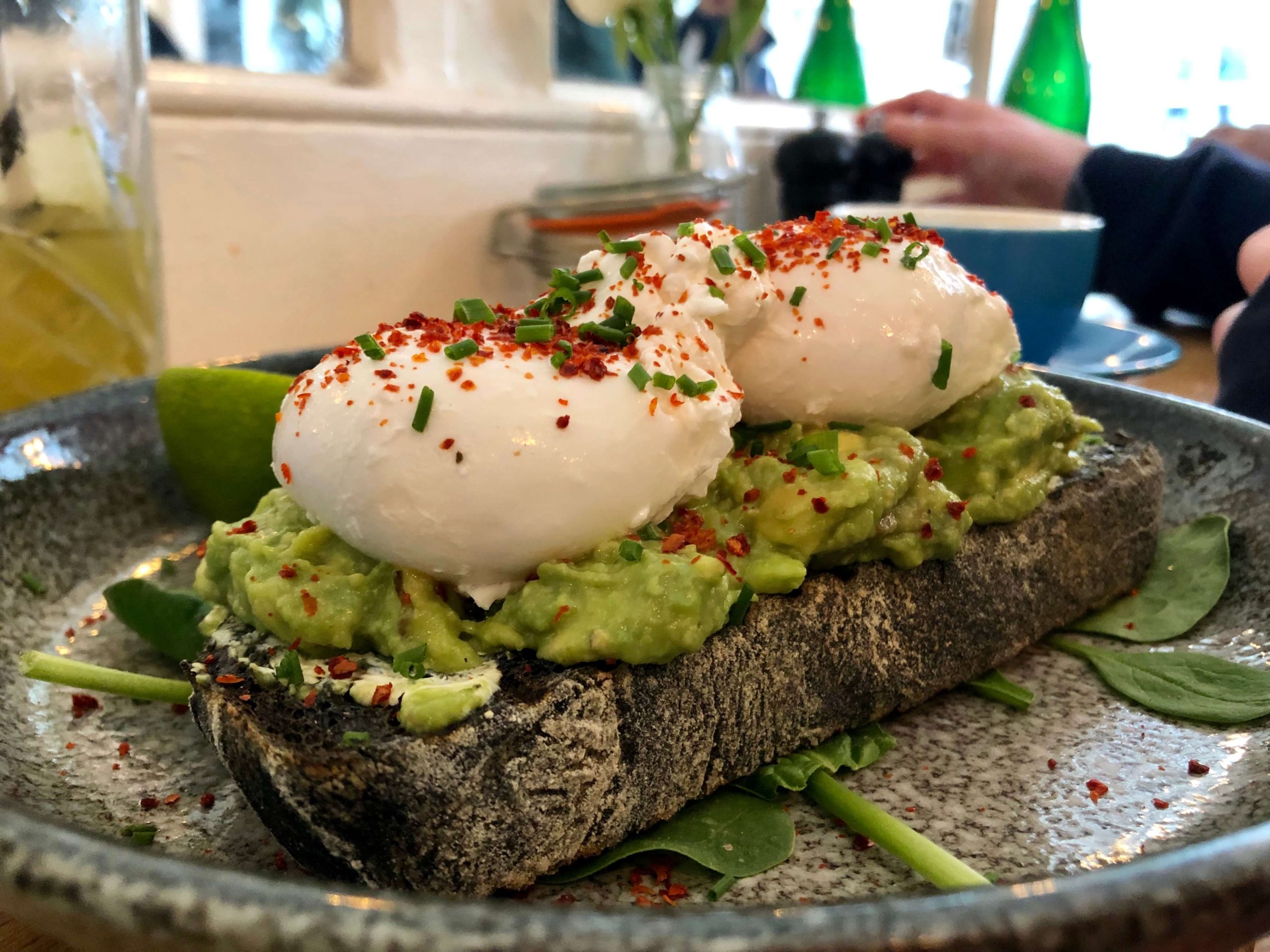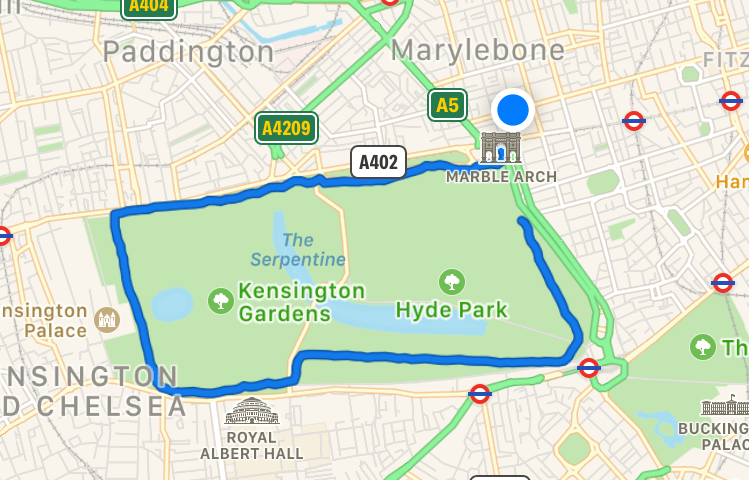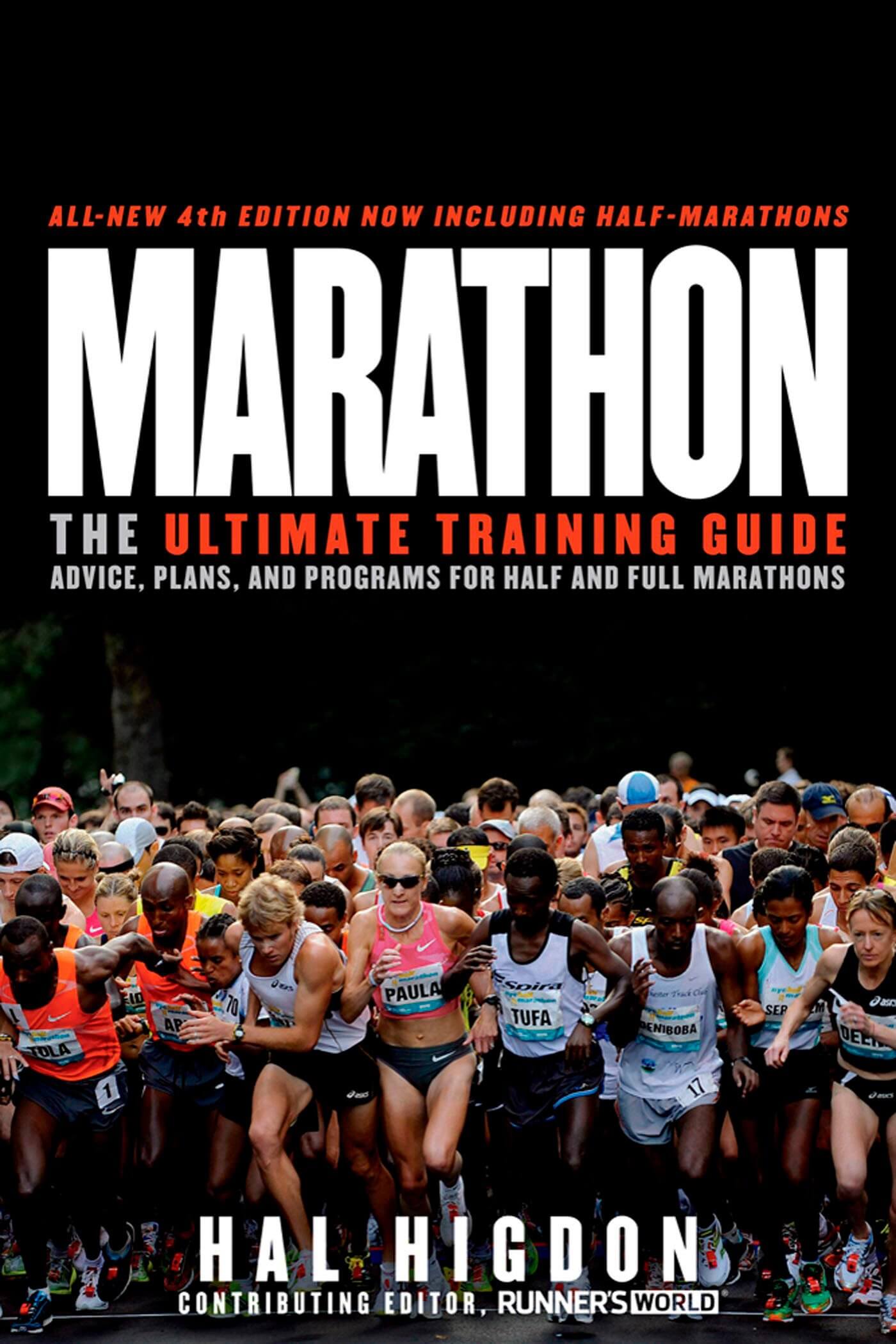Five glasses of Prosecco later and I’d signed up to my first marathon.
In four-and-a-half months’ time.
Forget the fact that in the past year I’d ran outside a total of three times, each less than twenty minutes.
And the year before that?
A total of zero times.
A record I upheld for close to a decade.
But my girlfriend mused on the idea with a beautiful smile, so who was I to turn the challenge down?
Week 1 of marathon training
First week of training and I clocked thirteen miles and three hours of running time. A mixture of roadwork, short runs thrown in after weights, and one long lap around Hyde Park resulting in a trembling walking gait and calf muscles that feel like they’d been shoved in a carpenter’s vice.
She set the pace for the Hyde Park run, and in my flushed, sweaty, heady post-run delirium I couldn’t help but think about that crabs-in-a-bucket analogy. Because she helped bring my pace up, while I pulled her’s down.
Forty-five minutes, six-and-a-bit km.
I guiltily vowed I’d set the pace in a couple of weeks, but also celebrated a new personal best. Sure, I didn’t have that many records to smash, but a win’s a win. And this is the kind of win I love the best – me against Past Me.

Hyde Park is home to these beautiful green parrots, one of many reasons for the park being a great choice for your long run.
This is why I’ve spent a solid decade of my life lifting weights, keeping incredibly detailed workout logs. This is why I love the rock climbing wall. This is why chlorine tastes like victory.
I don’t care what other people do. I’m happy for another’s success, and always see success as being relative, but I care deeply about raising the bar I set for myself.
Maybe I’m speaking too soon, but this is why I look forward to the upcoming marathon training rather than view it with fear and trepidation. Others have that handled for me already.
I told a few people I was going to run a marathon in less than five months.
“You’ll never do it.”
“You’re not finishing.”
“You are joking, aren’t you?”
Once again reminded of that crabs-in-a-bucket analogy. I had to correct them and set the tone for the months ahead – be more supportive.
Even if we fully believe that finishing a marathon in a pathetic crawl is impossible with less than half a year of training, what’s the harm in supporting an honest and enthusiastic attempt anyway?
It’s true I could overheat and have a heart attack. But I probably won’t. So where’s the support?
The support came in the form of being gifted The Complete Guide To Running and some old but never worn running shoes. I’ll take it. Sometimes crabs use their pincers to hug each other.

Eating is my favourite part of marathon training.
After the first week of marathon training, here were some of my thoughts.
I read a statistic that 86% of runners get injured in their first year. I want to try to avoid that. So I’ll be emphasising recovery time and ensuring I don’t push things too far too fast.
If I’ve improved 10% upon the previous week, I’ll consider than a success.
That means I’m tracking mileage and hours. I’ll be using, in addition to my workout logbook, an app called Strava that uses your GPS to show your running routes and analyse your data.

My first long run.
In order to maximise recovery, here’s the protocol:
- 15 minutes on the foam roller each night
- Physio/deep tissue sports massages
- Sleeping more (9+ hours is good)
- Contrast showers
I’ll also be keeping up my weightlifting routine.
My weight routines are brutal and have already got me in great shape. I don’t want to look like a marathon runner. So it’s important I keep strength training a minimum of 3 times a week.
I’m currently following the Let The Blood Spill bodybuilding program from John Doe.
It’s amazing. I’ve followed all of his programs so far and he has gotten me in the best shape of my life. This program has already massively enhanced my strength, conditioning, and the way I look. 100% recommended.
What I’m supplementing with:
- NAC and beetroot juice post-workout in order to prove blood and lymphatic flow and improve oxygen uptake.
- L-arginine for increase oxygen and pump.
- Korean Ginseng for energy and focus.
Week 2 of marathon training
First week down, and that’s when I started hitting the books. Then the track.
 Here’s the principle you follow for everything, doubly so for fitness:
Here’s the principle you follow for everything, doubly so for fitness:
Read and learn. But only a little bit. Then apply. Then change course and hit the books again. But only for a little bit.
I read Hal Higdon’s Marathon because it came highly recommended by veteran and beginner marathon runners alike.
I love his Novice Marathon Program, which is included in the book, and not only did this book give me a structure and a bunch of practical tips, but it hyped me up for running this thing and continuing with training.
I’m also listening to David Goggins on my runs. I love his audiobook and love his interview with Joe Rogan. His words in my ears have stopped me from slowing to a walk many times during training.
First week marathon training was about greasing the groove. Just like my first week lifting weights. As long as I was in the gym and walking around, didn’t matter what I did.
I got a week’s worth of pounding the pavement under my belt and then had a bunch of questions that I could follow up and learn about, questions I didn’t have before, answers I wouldn’t even know to seek.
I didn’t even know what average pace meant on my Strava app.
Turns out average pace shows you how many minutes you can run a mile or a kilometre in.
You can then extrapolate that data to forecast what you’d run a marathon, half-marathon, 10k, 5k in.
Wanna know what I was predicted to finish a marathon in?
Five hours.
That’s an average pace of 7 minutes per kilometre.
And that’s if I can do the entire five hours at that pace. And, honestly, that pace kills me. It looks pathetic. But it kills me.
So what question was burning on my mind at the end of the second week?
How do I increase my speed?
I hit the books, I read the accounts of former slower runners who have doubled and tripled their running pace.
I’ve learnt about the importance of interval training and hill sprints.
It’s not just about clocking mileage. More slow running will just keep you being a good slow runner.

I love a good carb-up after a run.
I also learnt a technique called the Friday Night Mile.
During the week, you have your goals and specific sessions. But every Friday, you strive to get better one week at a time, one mile at a time.
You run a mile, but you push it as hard as you can.
How fast can you do that mile in?

More “fuel”.
I’ll be applying that, plus a bunch of other tips I read about this week.
There’s no way I’m clocking five hours for this marathon.
My girlfriend told me to choose the 3:56 group so we’re in the same group. That’s what she ran in her last marathon.
On paper, it looks like I’m most certainly in the wrong group. I don’t want to be pissing everyone off around me. So I need to improve – fast (without injuring myself).
Is it even possible to hit four-hours-something when I’ve never ran before and I was predicted five hours (but more likely closer to six)?
That’s where the third week of marathon training came in to answer it.
Week three of marathon training
By week three, I saw some great improvements.
No more single laps of Hyde Park (which is about 4 miles) for the weekly long run. Now and until the end of February it’s all about double laps (8 miles). Then March is all about triple laps. And so on until May.
I ran 8 miles in 81 minutes.
That puts marathon completion pace closer to four-and-a-half hours. A nice improvement.
Of course, there’s still a long way to go and I have a lot to learn about pacing – learning that will only come from clocking more mileage.
But the craziest thing about this run?
It was completed while severely food poisoned.

Can’t even look at oysters now.
Friday night involved an oyster platter tainted with norovirus.
Felt weird on Saturday, but went for the run regardless.
By the time Sunday morning rolled around, I couldn’t move for 36 hours and ended up being violently ill.
The retching threw my back out.
So a week of training was lost after that, but got back into it and dived into another long run despite lingering back pain. Funnily enough, the running didn’t exacerbate the back pain. It might have even improved it.
If you hurt yourself and it wasn’t caused by running, don’t discount running or think you need to take some time off.
The body is tougher than you think.
First month of marathon training down.
Bring on the second.